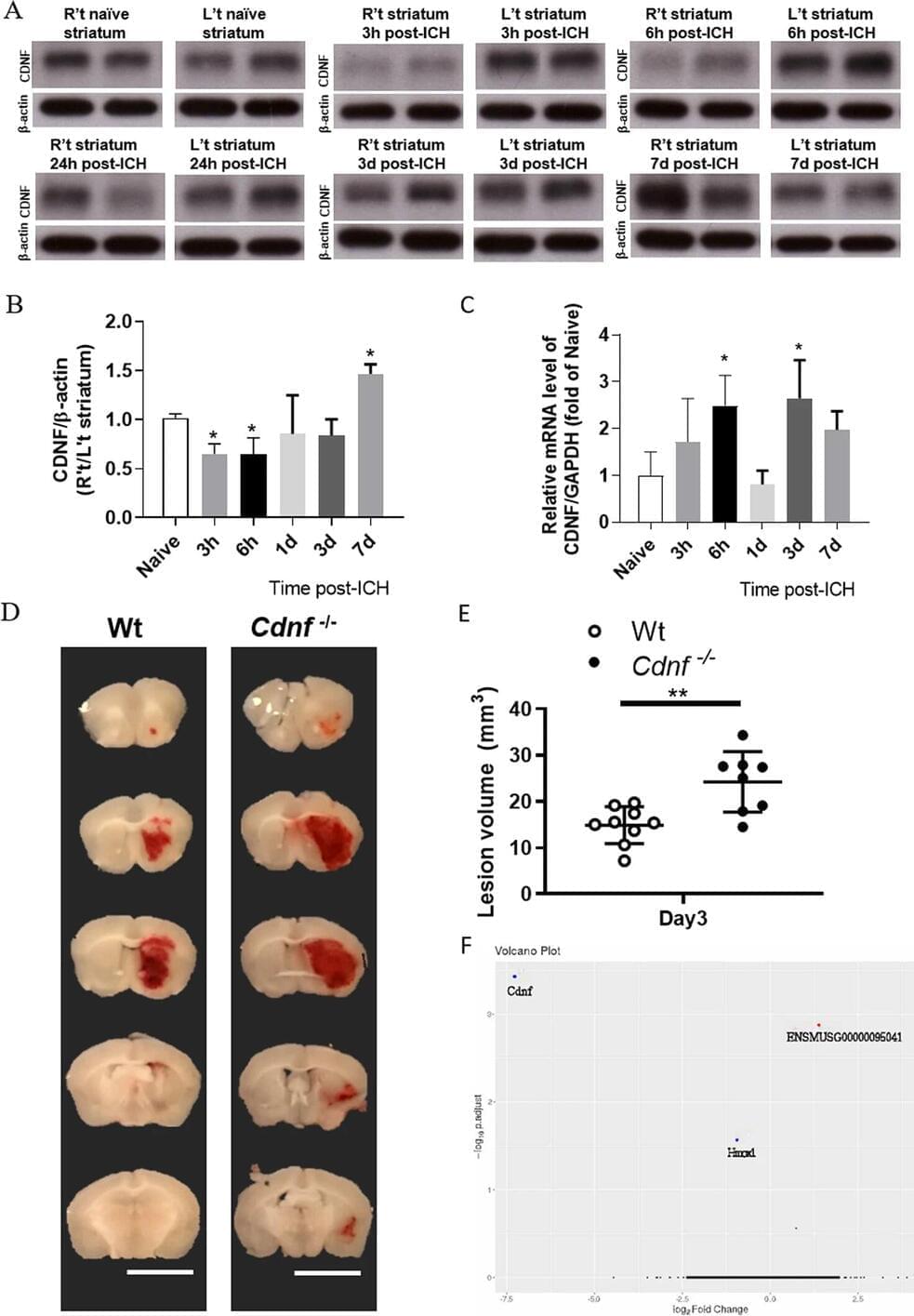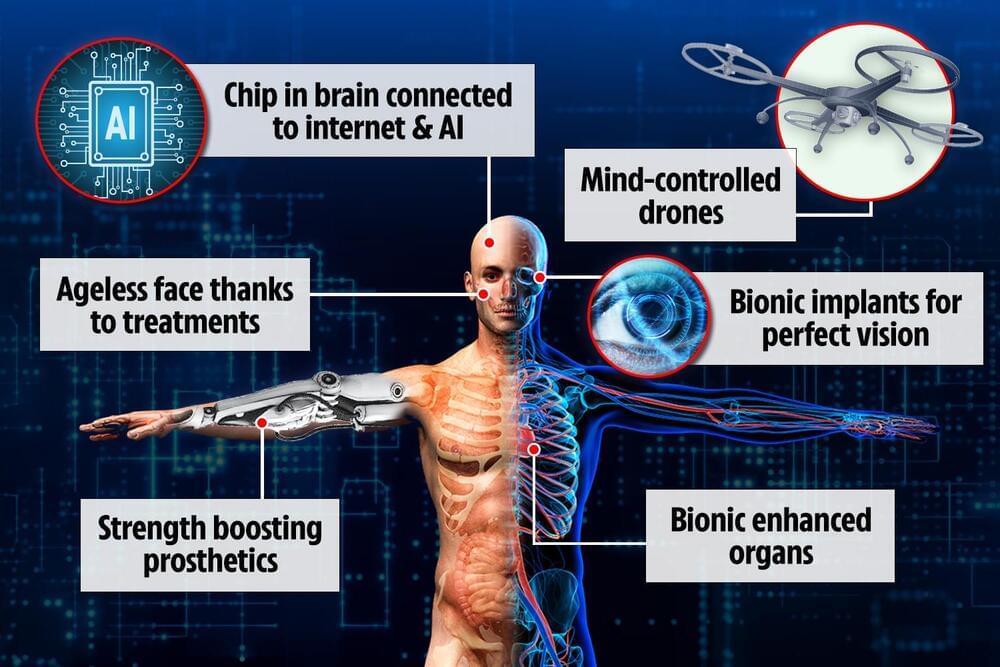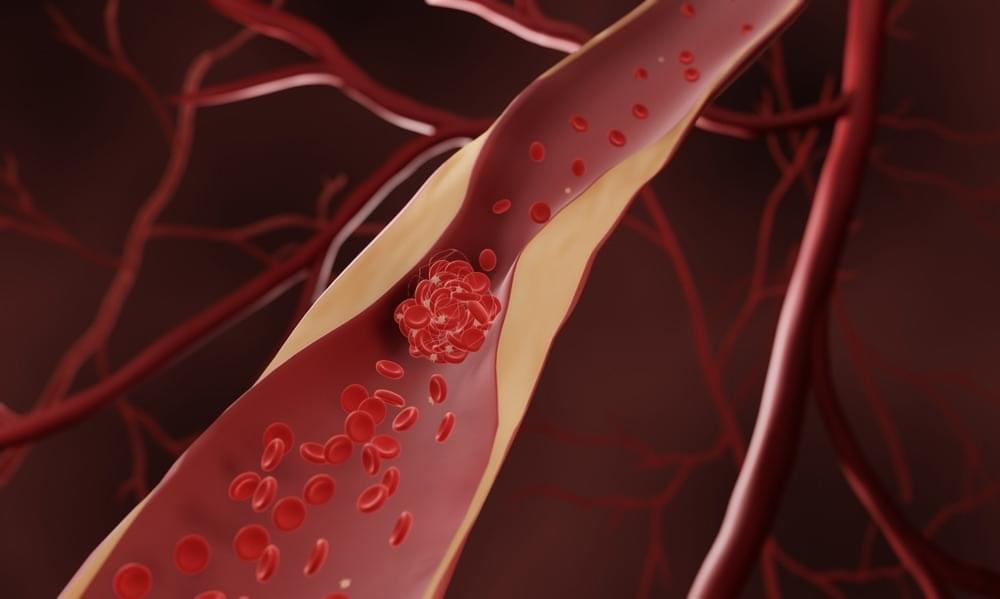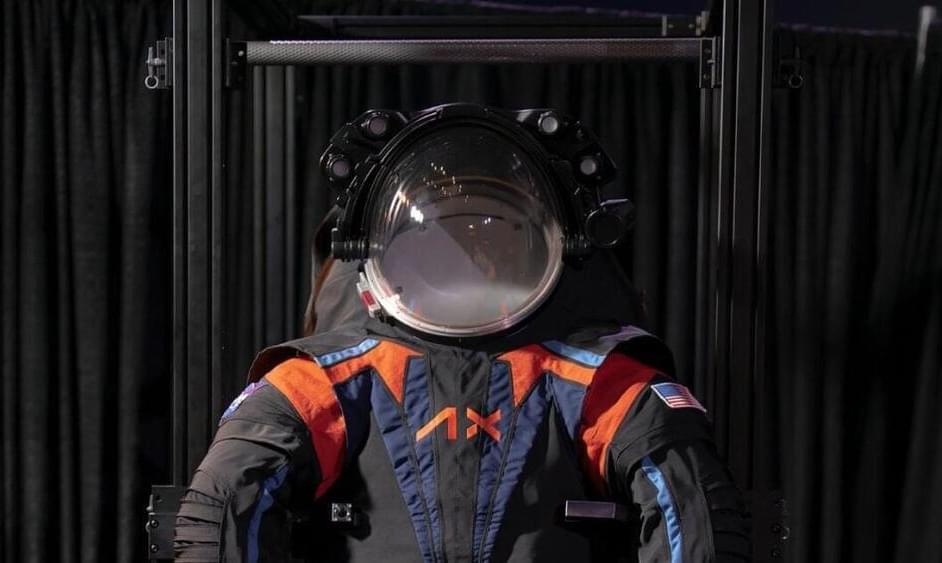Intracerebral hemorrhage, and bleeding into the brain tissue, is a devastating neurological condition affecting millions of people annually. It has a high mortality rate, while survivors are affected by long-term neurological deficits. No medication has been found to support brain recovery following hemorrhage.
In an international collaboration, researchers from the Brain Repair laboratory, University of Helsinki, together with their Taiwanese colleagues investigated whether a protein called cerebral dopamine neurotrophic factor (CDNF) has potential as a treatment for brain hemorrhage.
Researchers suggest that cerebral dopamine neurotrophic factor, a protein being currently tested for Parkinson’s disease treatment, also has therapeutic effects and enhances immune cell’s response after brain hemorrhage.






